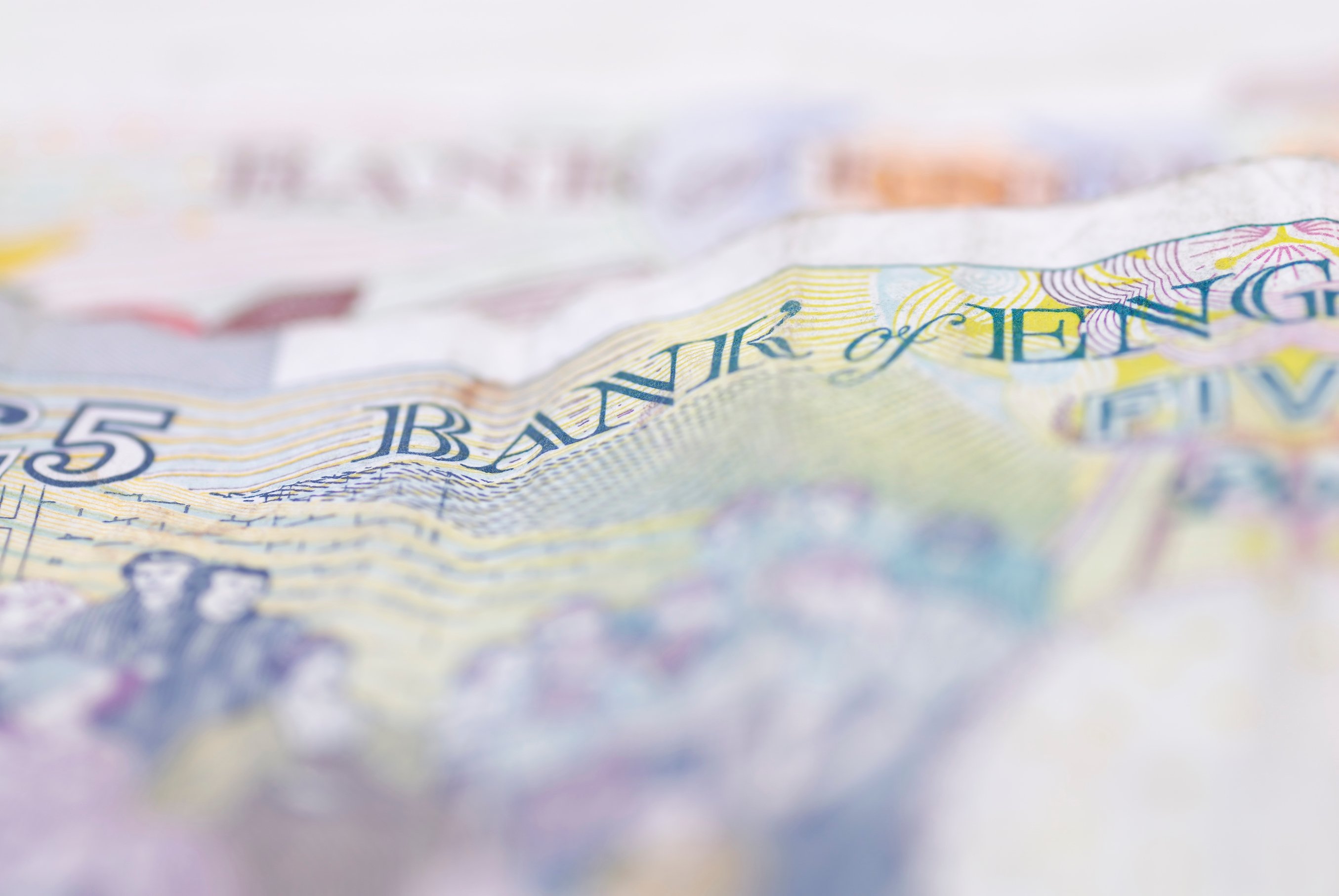Between February and March consumer borrowing in the UK increased by £1.2 billion.
According to figures from the Bank of England, this is the largest increase in consumer borrowing since the financial crisis.
Consumer borrowing has increased by 6.9 per cent in the past year, with the average UK household owing an average of £6,300 – on top of mortgages.
There was a surge in unsecured borrowing (bank loans, overdrafts, etc.), accounting for £1.1 billion of the total rise.

Britons are feeling more confident about their personal finances and have started to borrow more.
Mortgage and credit card lending was flat.
In March the number of approved mortgages was 61,341 – a small drop from 61,523 the month before. In the same period credit card lending only rose by £200 million.
The increase in the number of bank loans is a result of record low borrowing rates.
According to Moneyfacts, one year ago someone borrowing £5,000 would have had to pay 9.1 per cent, whereas now they would only have to pay 8.1 per cent for the same amount.
With more people borrowing there are concerns that consumers could end up with too much debt to handle – especially when interest rates begin to rise.
Howard Archer, chief UK and European economist at IHS Global Insight, said:
“March’s sharp rise will likely fuel concern that consumers will pile up debt again to fund spending.
“Hopefully, higher employment, extended very low inflation and rising earnings growth will ease the pressure on many households’ financial positions over the coming months and reduce their need to borrow.”
The number of personal insolvencies in the UK is at its lowest level in a decade, according to the Insolvency Service.
According to PwC, the average household debt in the UK could hit £10,000 next year.
